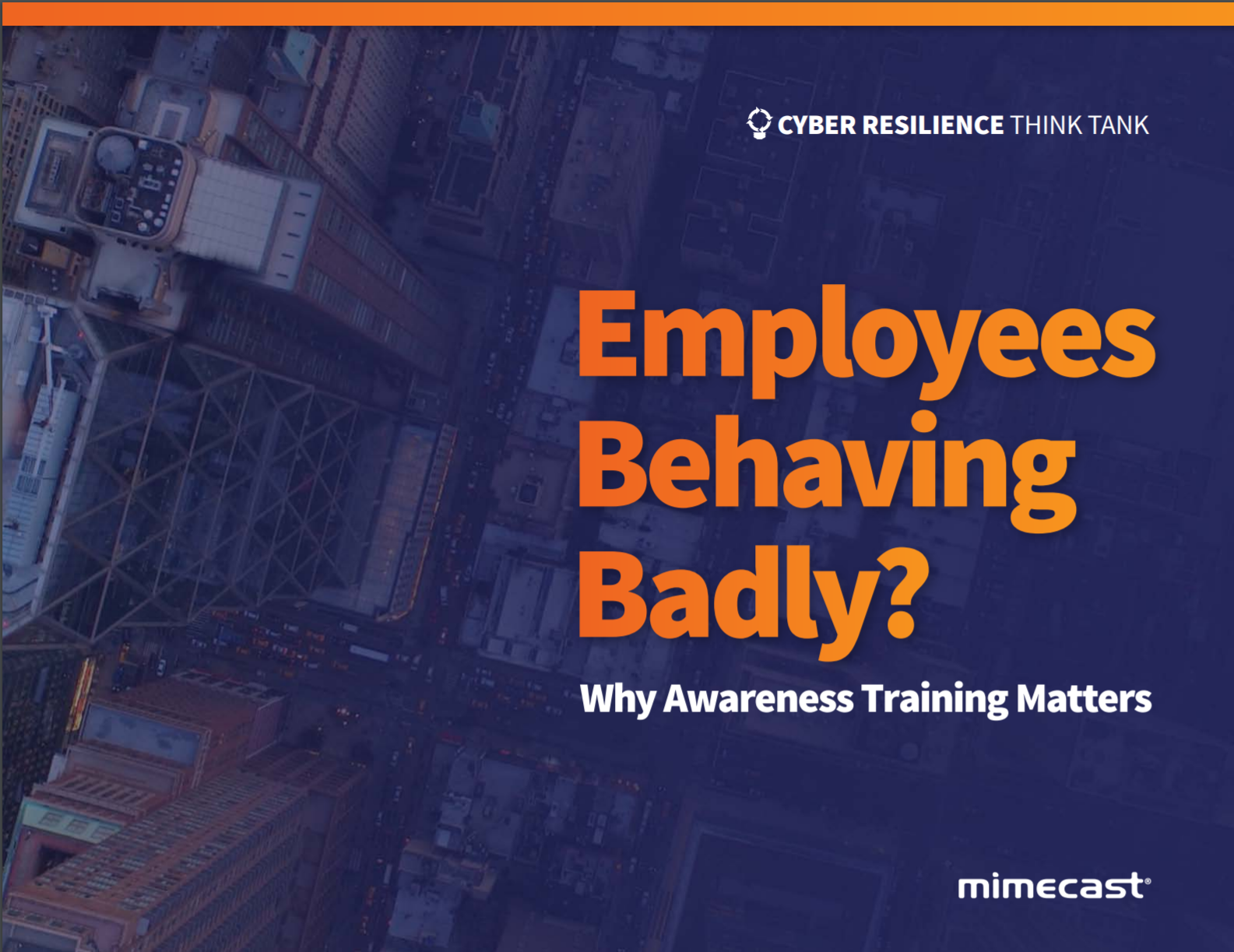Agent Tesla malware evades security controls to infect systems
The weakest link in malware prevention is still the average user


Security researchers have discovered new evasive techniques Agent Tesla information stealer and Remote Access Tool (RAT) operators are using.
According to a new report from Sophos, the malware’s more recent versions use many methods to make sandbox and static analysis more difficult and evade endpoint detection.
The report also found Agent Tesla’s RAT malware altered code in Microsoft’s Anti-Malware Software Interface (AMSI) so AMSI-enabled endpoint security protection doesn’t work, allowing the payload to download, install, and run without being blocked.
According to the report, the malware usually arrives in a malicious spam email as an attachment, such as a .zip compressed file attachment the attacker claims contain a catalog for the recipient to review.
Researchers said the downloader also tries to get the memory address of AmsiScanBuffer — calling Windows’ amsi.dll with the Windows LoadLibraryA function to get the DLL’s base address, and then GetProcAddress using that base address and the “AmsiScanBuffer” procedure name to get the address of the function.
According to the report, once Agent Tesla gets the AmsiScanBuffer address, it patches the first 8 bytes of this function in memory. The patch’s effect on the AmsiScanBuffer routine forces AMSI to return an error (code 0x80070057), making all the AMSI memory scans appear to be invalid.
RELATED RESOURCE

“This sabotages endpoint protection software dependent on AMSI, by essentially making them skip further AMSI scans for dynamically loaded assemblies within the Agent Tesla process,” researchers said.
Sign up today and you will receive a free copy of our Future Focus 2025 report - the leading guidance on AI, cybersecurity and other IT challenges as per 700+ senior executives
They added that since this happens early in the first stage downloader’s execution, it renders ineffective any AMSI protection against the subsequent components of the downloader, the second-stage loader, and the Agent Tesla payload itself.
Sean Gallagher, senior security researcher at Sophos, said that Agent Tesla malware has been active for more than seven years, yet it remains one of the most common threats to Windows users.
“It has been among the top malware families distributed via email in 2020. In December, Agent Tesla payloads accounted for around 20% of malicious email attachment attacks intercepted by Sophos scanners. A variety of attackers use the malware to steal user credentials and other information from targets through screenshots, keyboard logging and clipboard capture,” he added.
Chris Hauk, consumer privacy champion at Pixel Privacy, told IT Pro that malware like Agent Tesla once again underscores that the weakest link in any line of malware defense is the average user.
“Until users are educated and convinced not to open attachments or click links in emails and text messages, malware like Agent Tesla will continue to inflict itself on networks,” Hauk said.
Rene Millman is a freelance writer and broadcaster who covers cybersecurity, AI, IoT, and the cloud. He also works as a contributing analyst at GigaOm and has previously worked as an analyst for Gartner covering the infrastructure market. He has made numerous television appearances to give his views and expertise on technology trends and companies that affect and shape our lives. You can follow Rene Millman on Twitter.
-
 The six biggest security challenges coming in 2026
The six biggest security challenges coming in 2026In-depth What will be the main challenges businesses face in 2026 and what can they do to prepare?
-
 Channel focus: All you need to know about Microsoft's partner program
Channel focus: All you need to know about Microsoft's partner programChannel Focus The veteran OS developer and vendor continues to advance its strategy, particularly in Azure cloud solutions and AI
